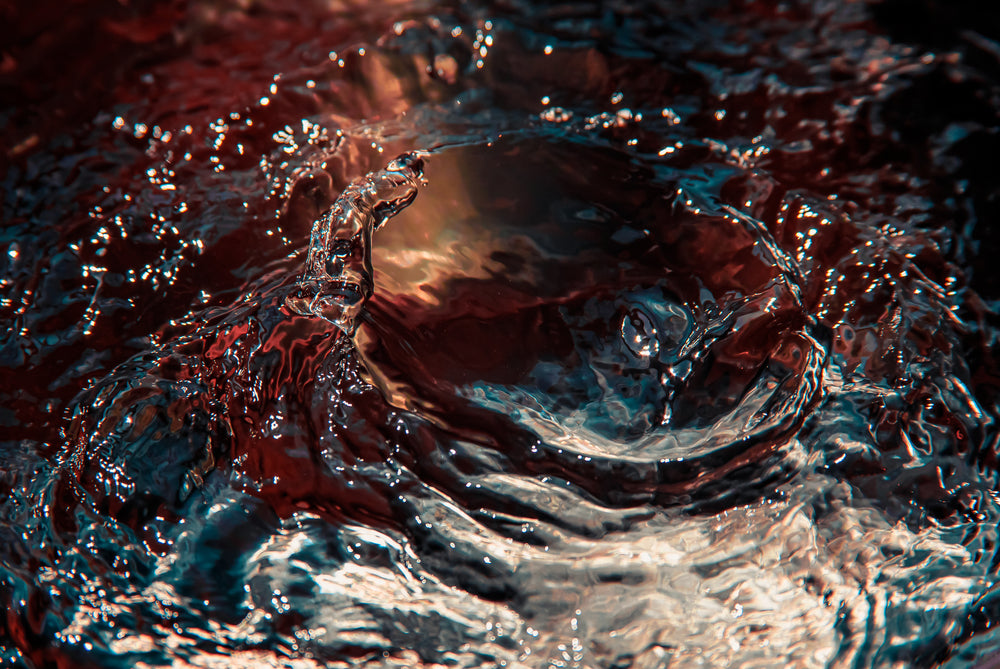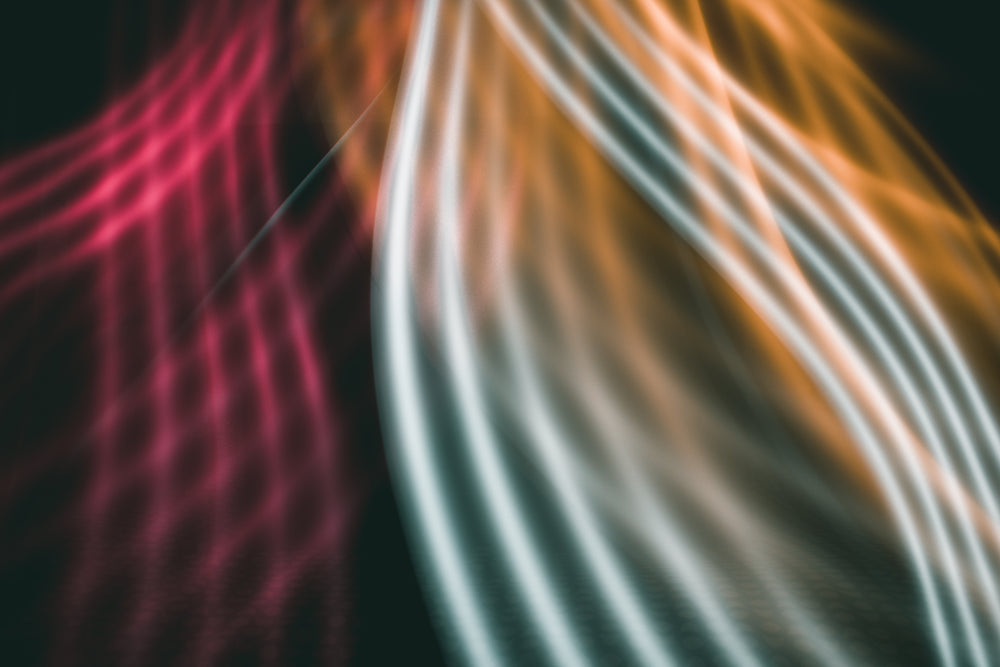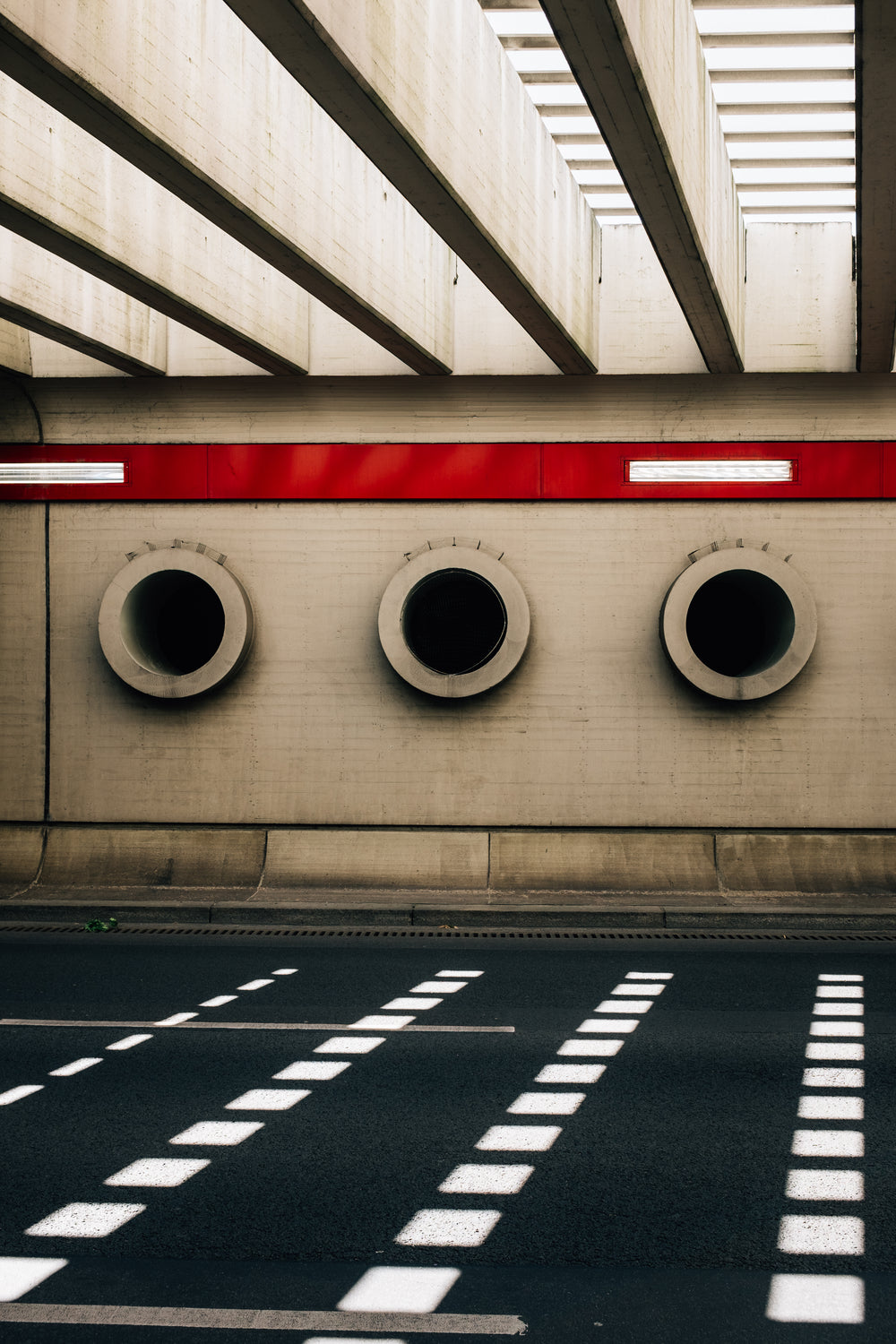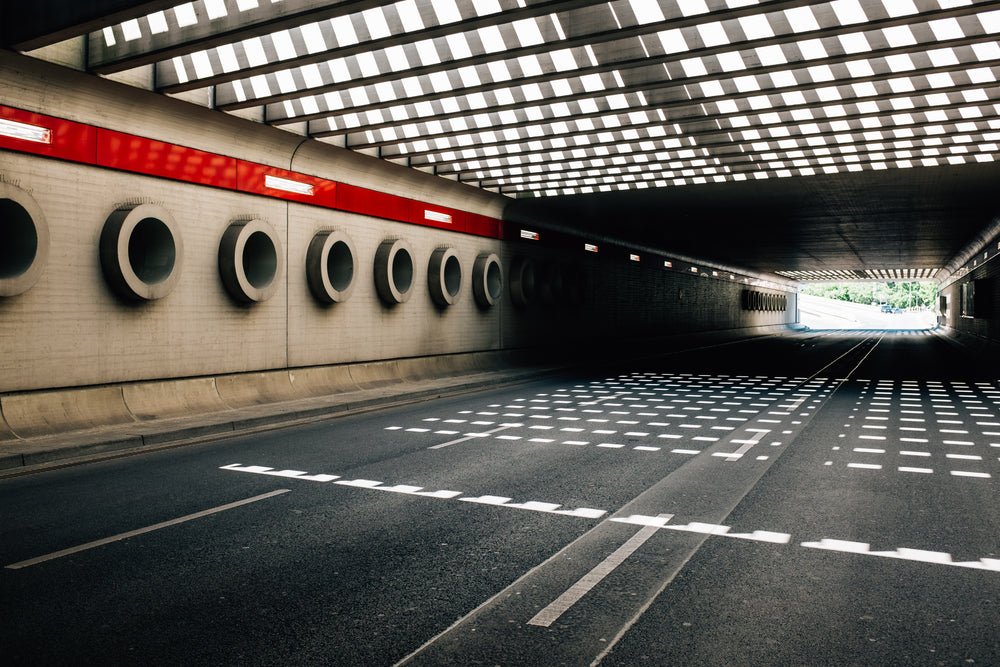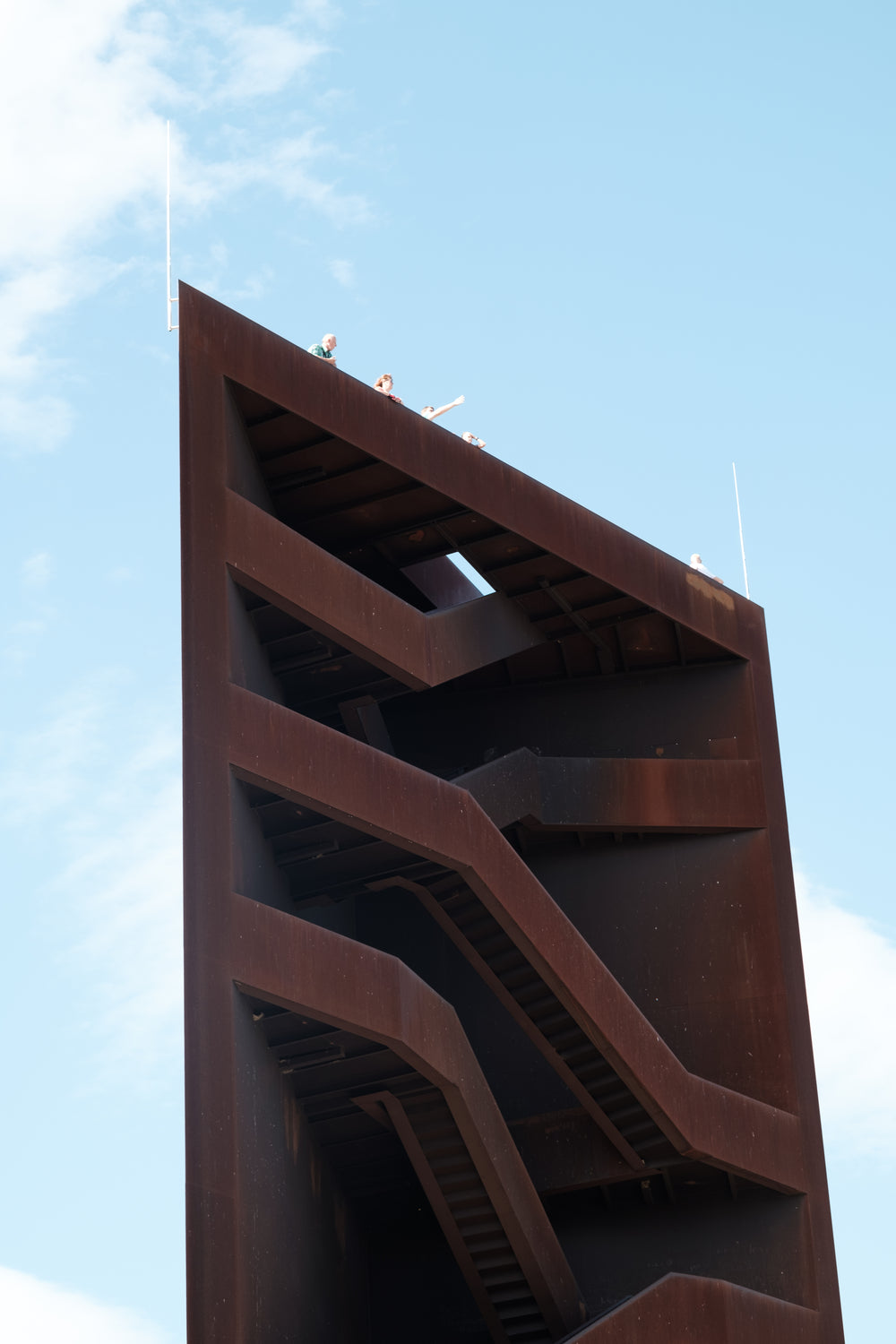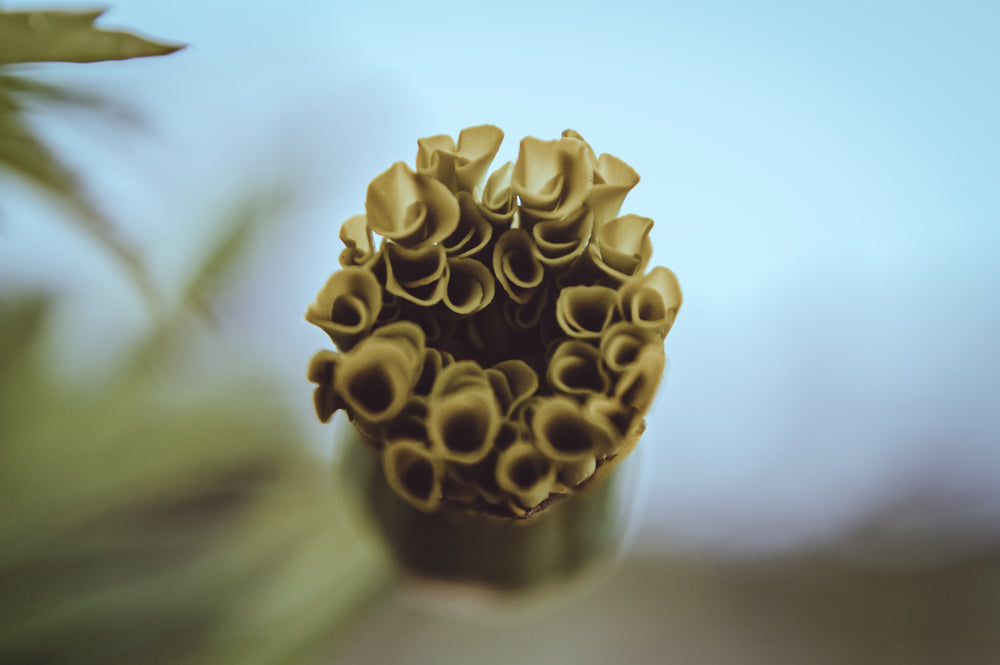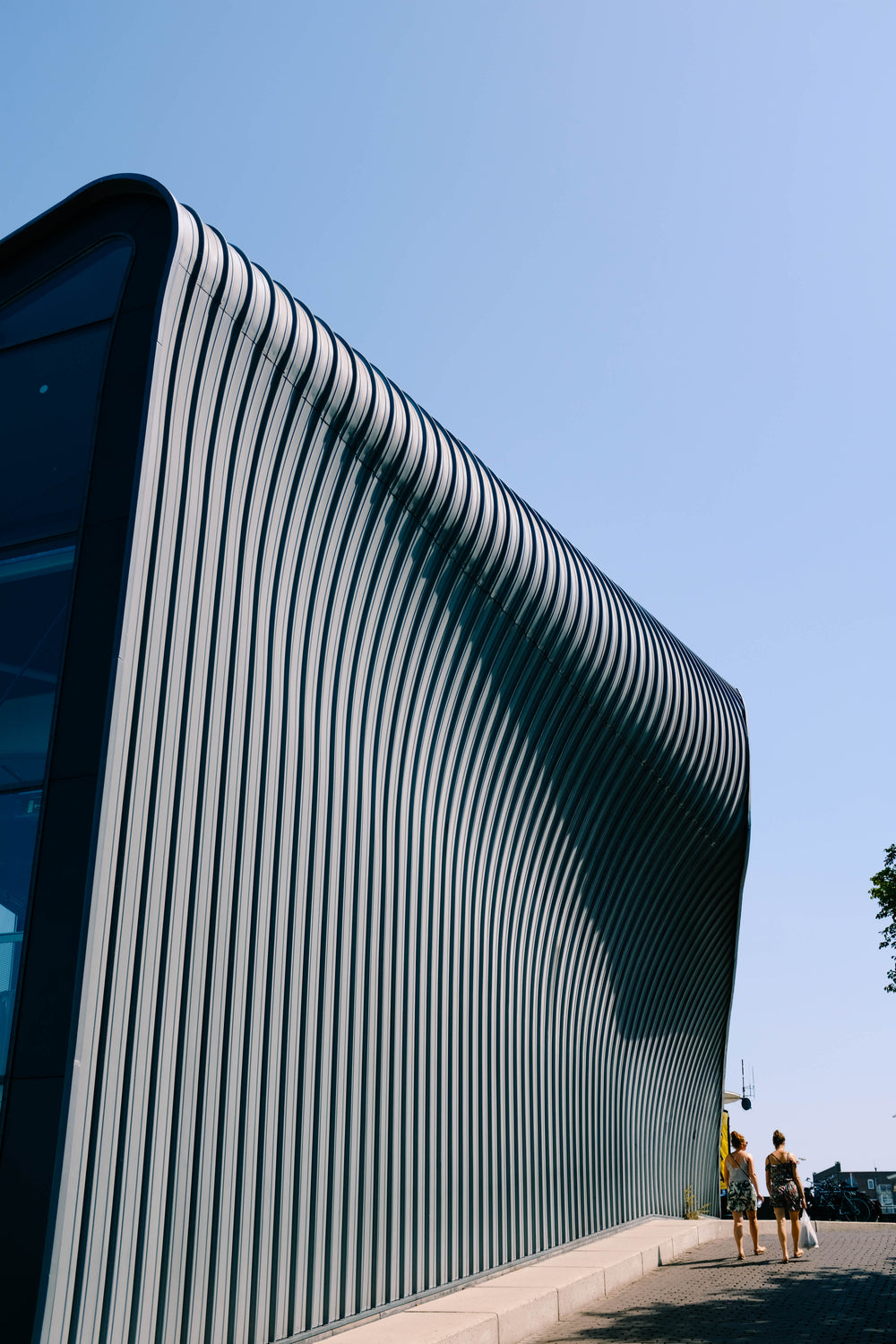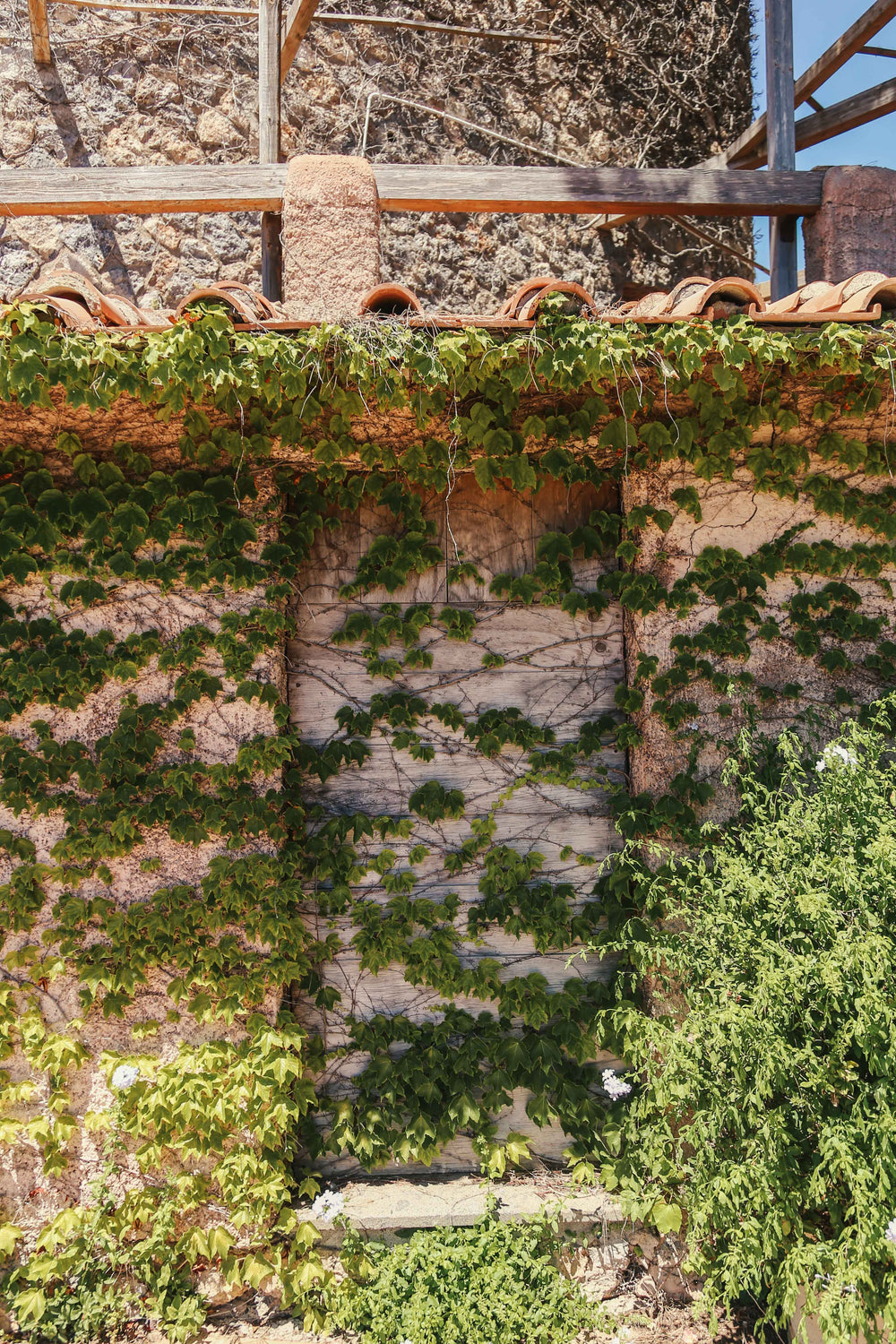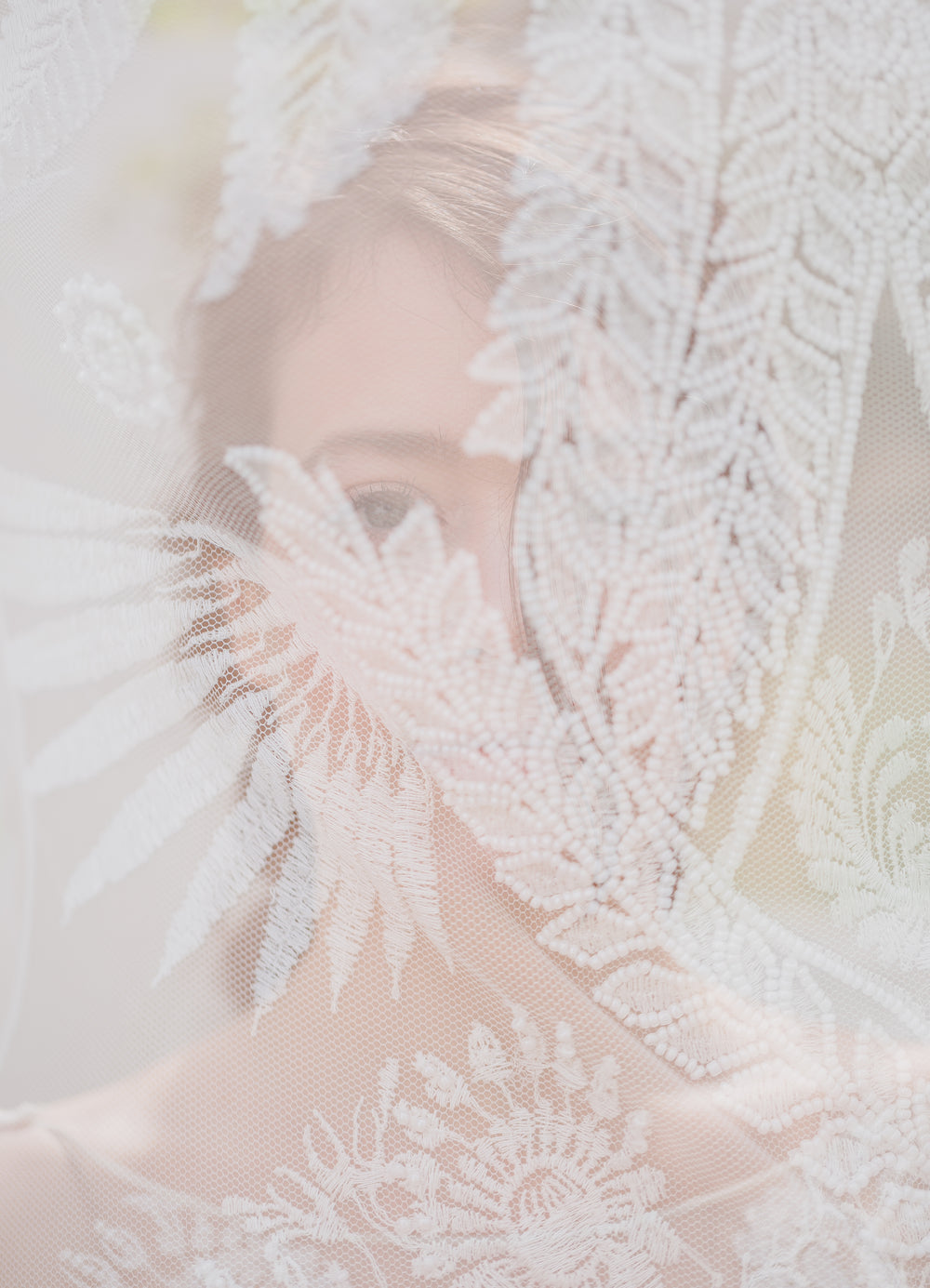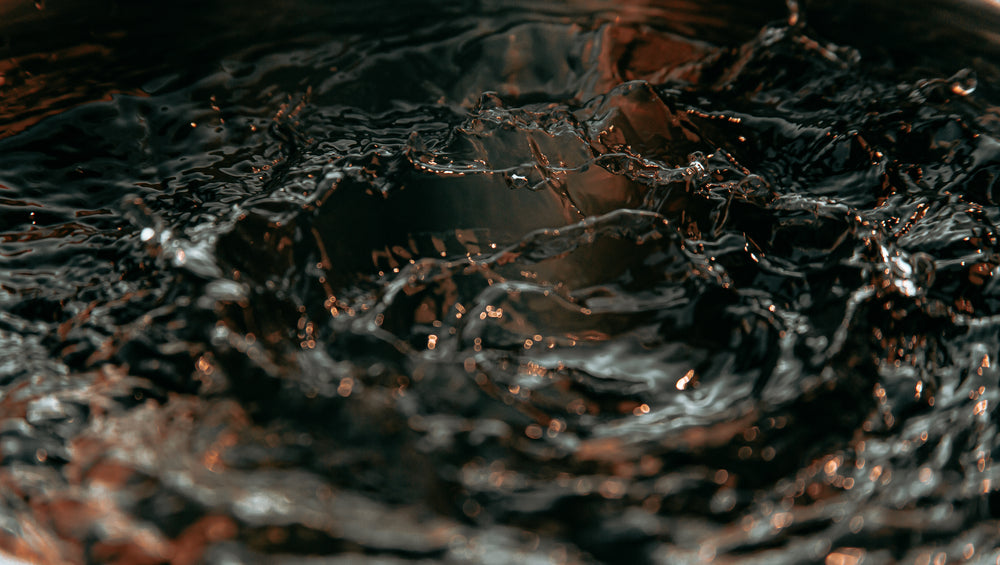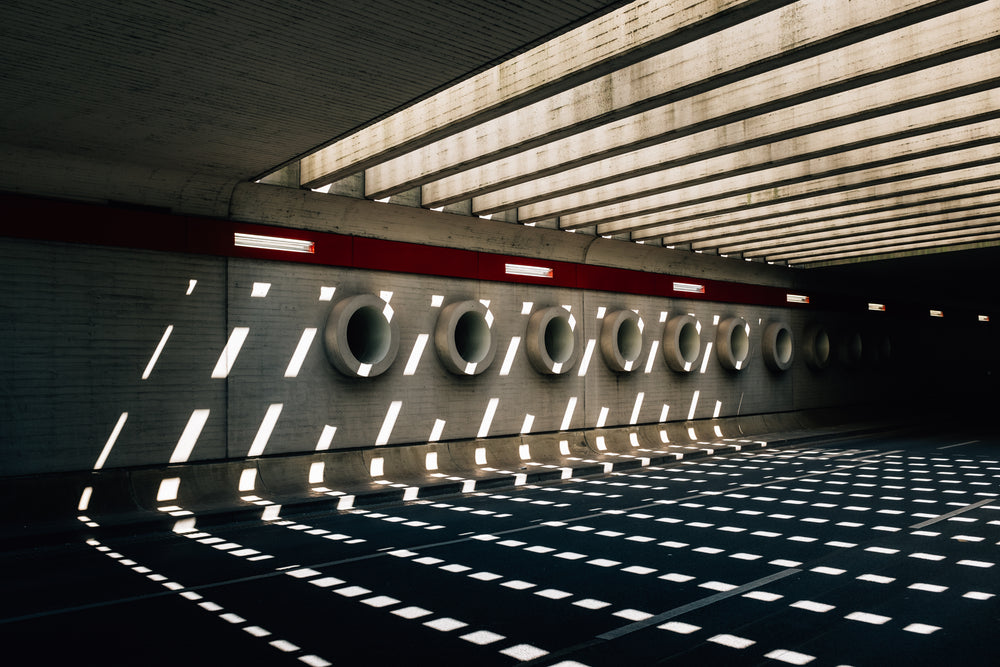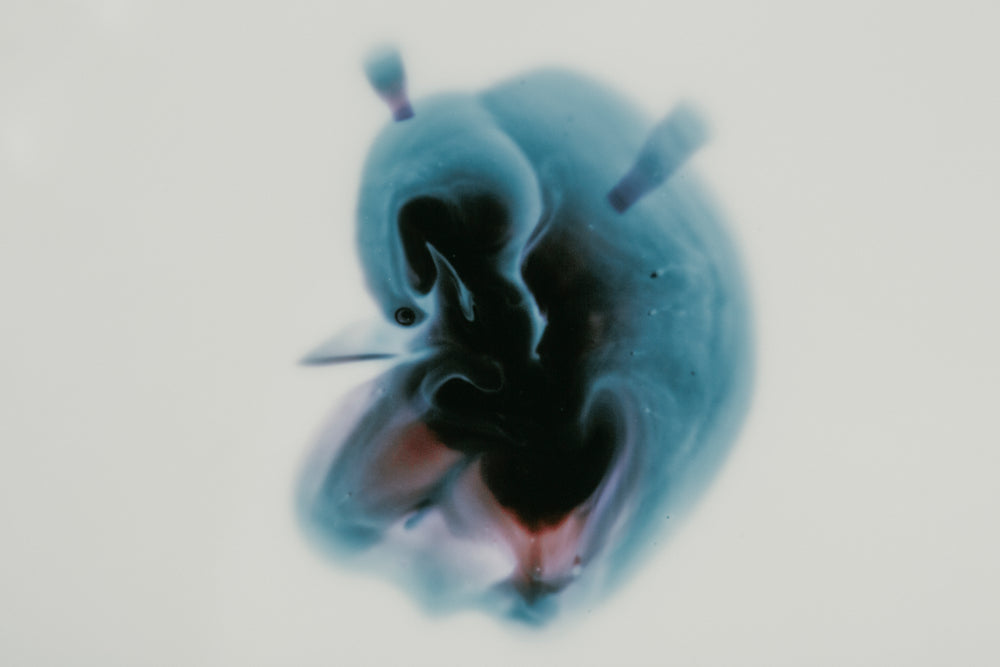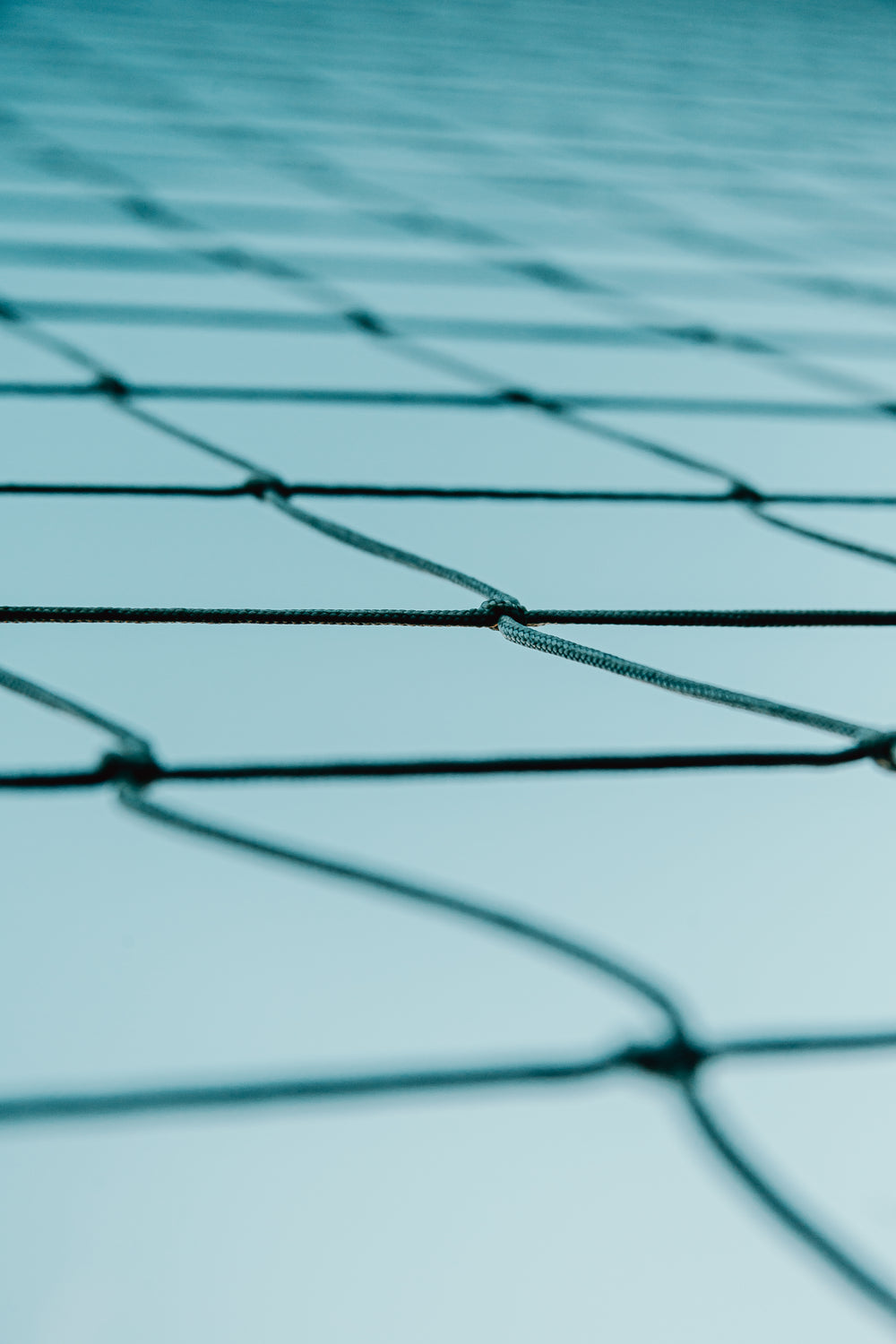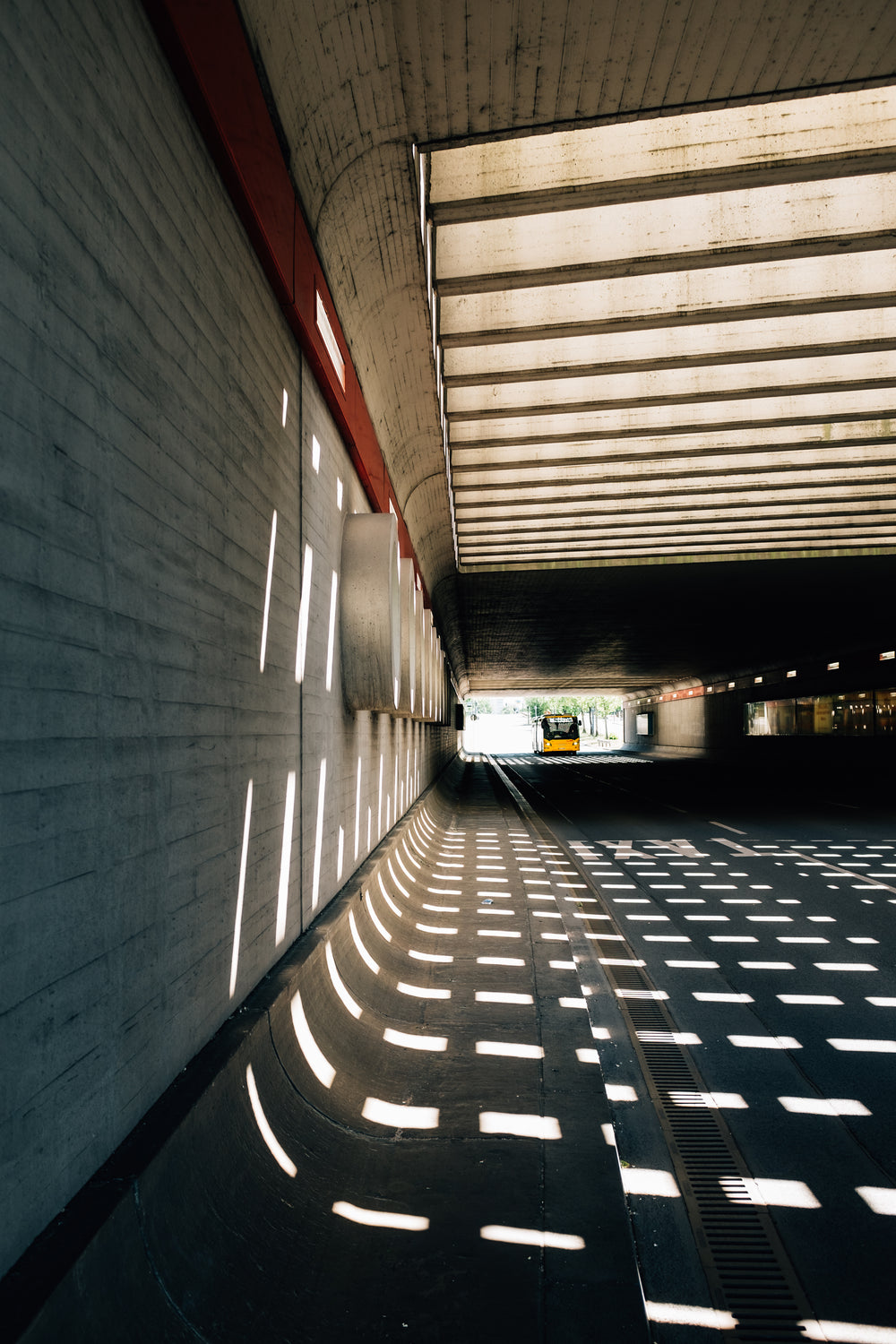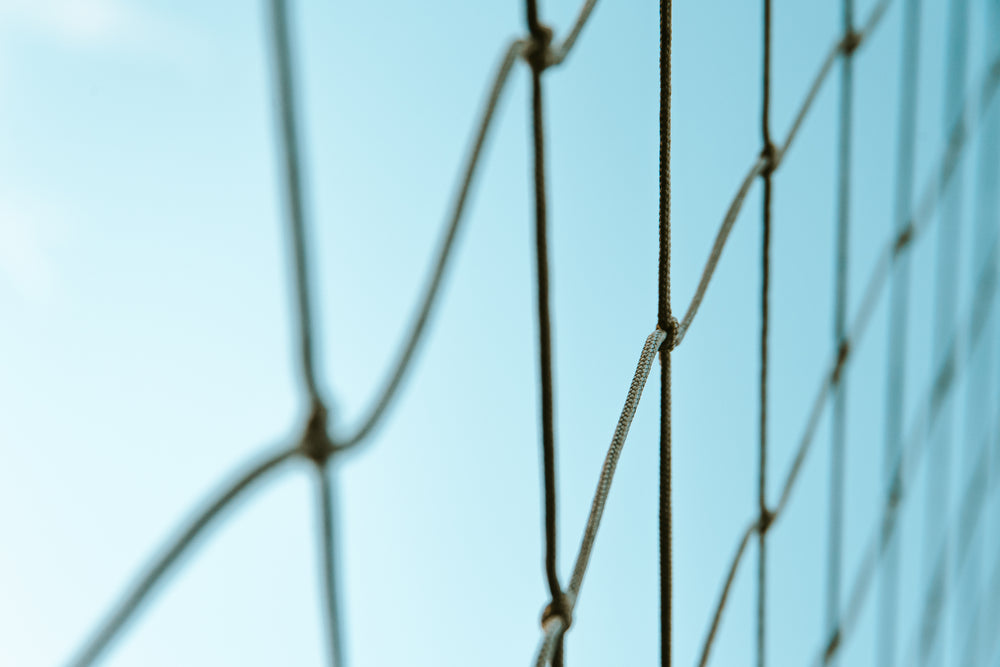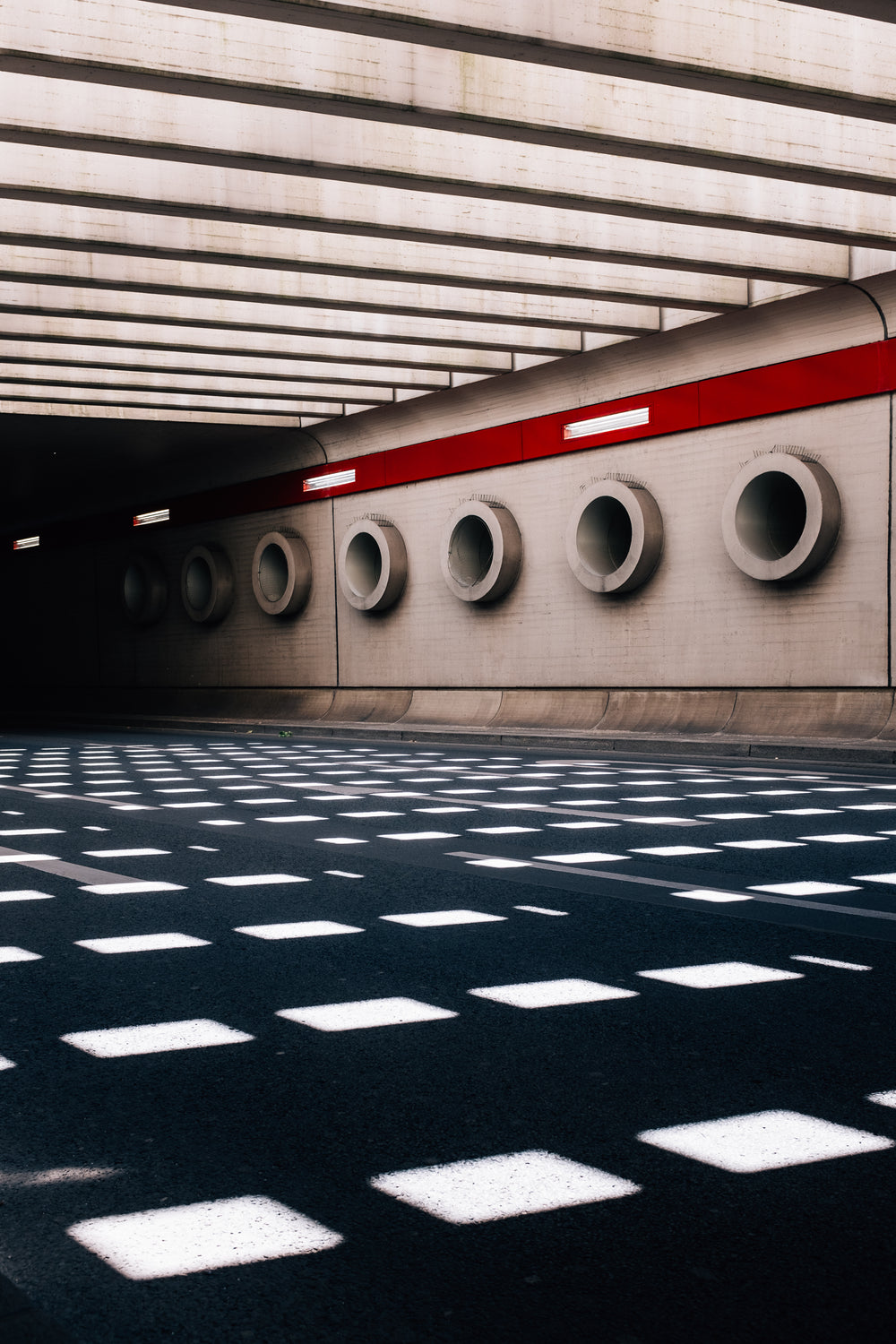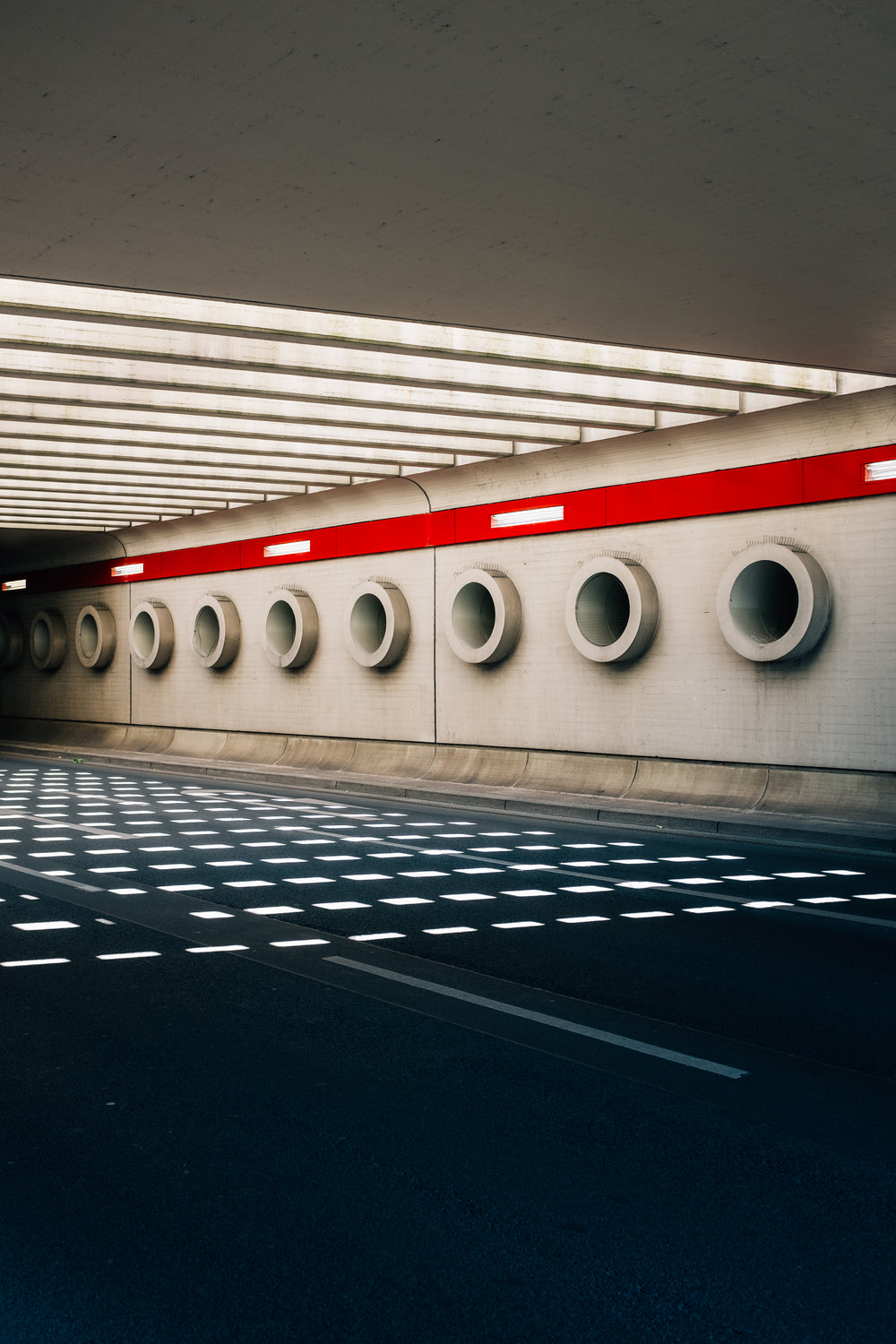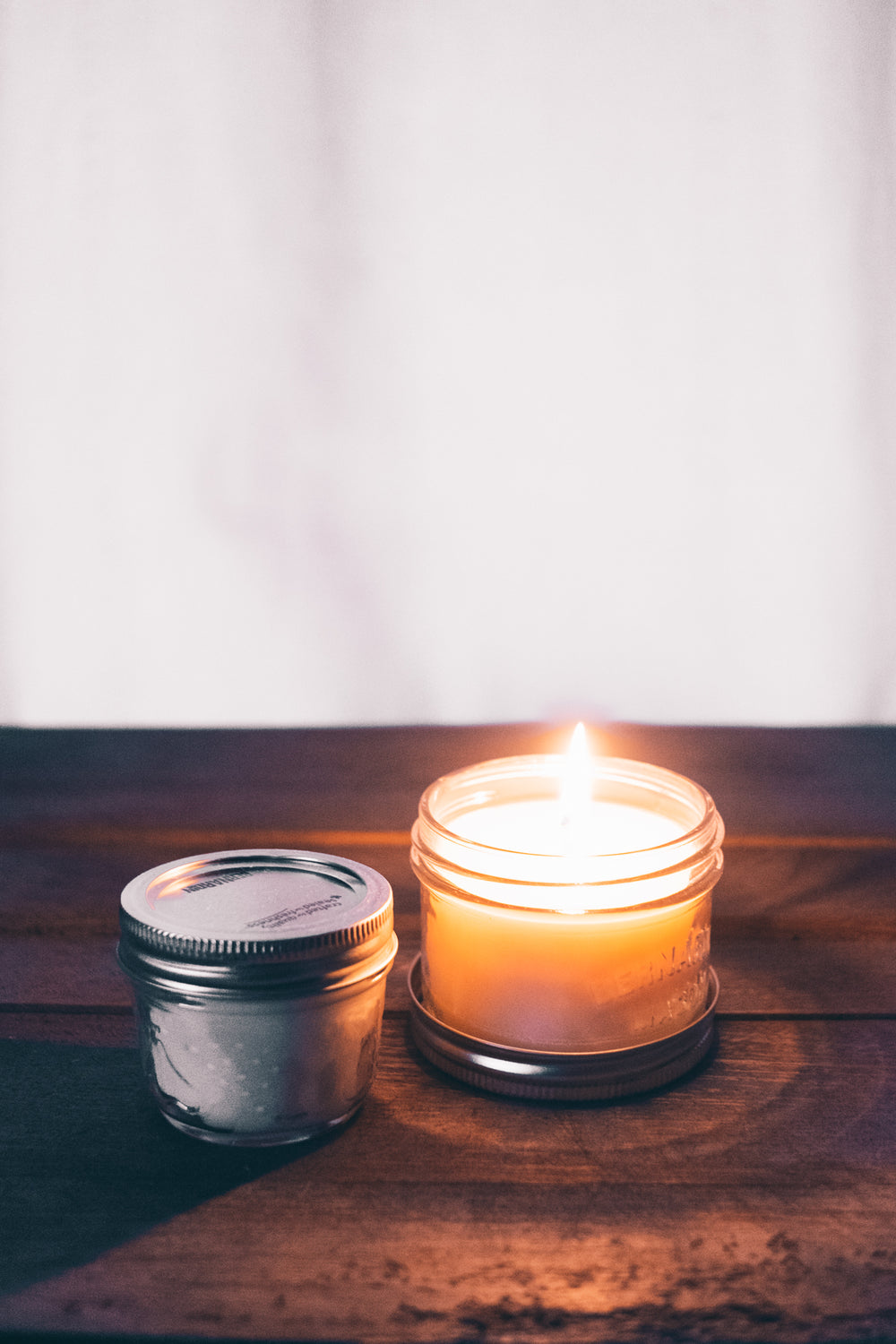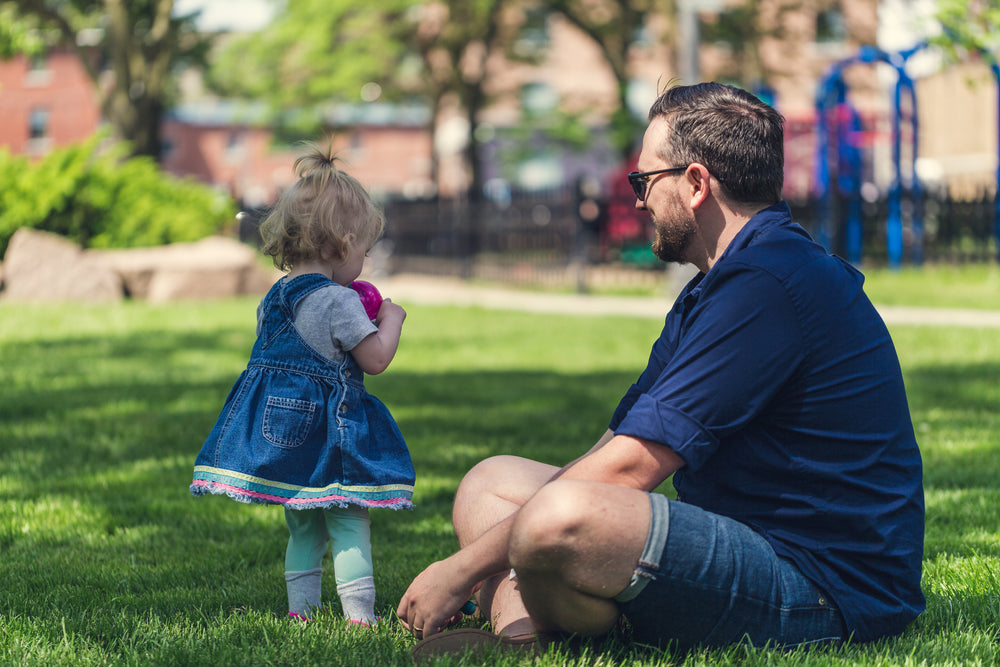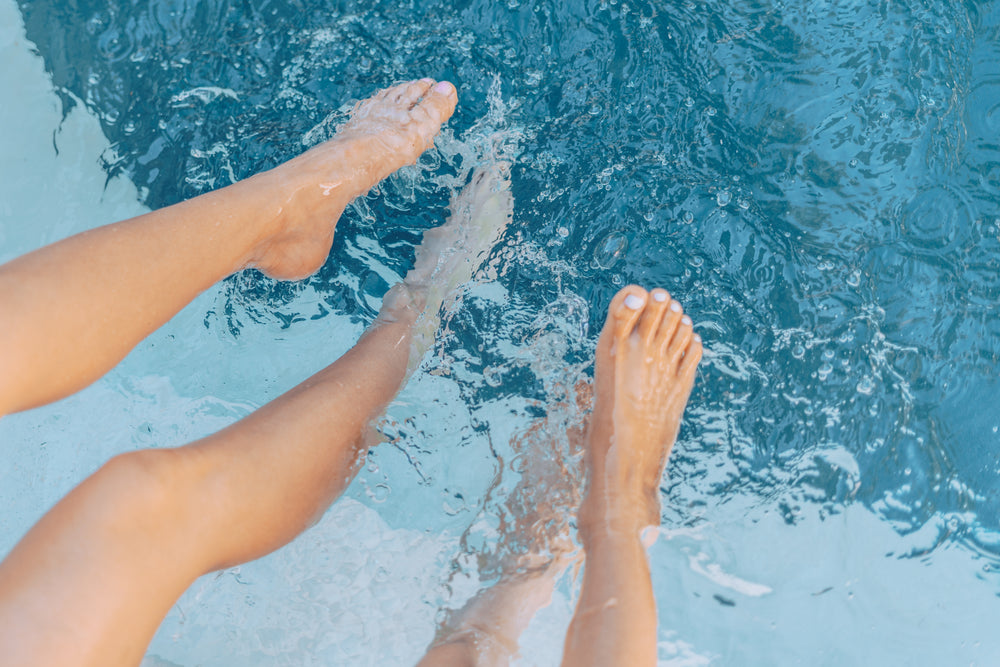Abstract photos
Abstract Photography uses unconventional colors, shapes, angles, and blur to convey a feeling, emotion or sensation. Browse our collection of high-quality abstract photos and experimental art - HD and free for commercial use.
Start a business
Most everything you need to get started — photos, suppliers, and more
Inspiring, High-Quality Abstract Art and Digital Photography
On Abstract Photography
Abstract Photography is a unique and diverse genre of digital art. Sometimes called non-objective, experimental, conceptual or concrete photography - abstract photography is very unrestricted when it comes to stylistic elements. In general, the genre aims to depict a stunning and beautiful image that isn’t something that can be perceived in the real world.
This can take a number of forms. In some cases, a photograph might aim to capture motion in a single image through the use of blurring. Other techniques include using special cameras that are able to perceive sources of light that are invisible to the human eye (such as infrared cameras). Other popular techniques of abstract imagery include macro photography (photography producing photographs of small items in a larger than life size) and digital photography techniques and filters.
With other forms of photography, things like exposure, shape, motion and the composition of the image are more rigid - because the photographer is trying to capture an image in all its real-world beauty. However, with abstract art - there’s a lot more room to creatively play around with these tools. The abstract artist may choose to tinker with an audience's sense of time and space in a number of ways. They may choose to isolate a fragment of a natural scene - removing any context to the viewer or they might stage a scene to create an unreal imagining of an object through use of unconventional light, color, shadow, texture, or shape that conveys a feeling, emotion or sensation.
Blur the Line Between the Real and Fantastic
For some photographers - the urge to abstract comes naturally. Knowing how to be abstract is about knowing how to strip context away from a scene and still convey the feeling, sensation or moment of that scene. Think less about the object itself and what it means in-context and more about how the lines and colours of the object make you feel.
Curve, Color and Shape
When it comes to abstract photography - the way the lines and shades of an object play off of each other are the most important. Everyday items are built with a certain practicality in mind - so in general, the function takes precedent over the design.
When you’re taking abstract photos - you’re essentially stripping an item down to its bare essentials and re-designing it. Zoom in on the object and look at it from unique perspectives. Find shapes and lines that play off each other and give you a feeling that goes beyond the context of the object itself. Force yourself to look at the object in a new way and the need to abstract will come naturally.
Tips & Techniques for Experimental Photographs
1. Macro Photography
This is a type of photography that makes use of extreme close-ups. Macro photography is not always abstract, but generally zooming in close to an object will help you to see the object as a collection of lines and shapes playing off each other rather than an object as whole. This will help when trying to convey an image of the object in an abstract manner.
2. Be Experimental
Abstraction is not about viewing objects as they appear and following photographic guidelines. Don’t be afraid to shoot out of focus, blur subjects in motion, and use unconventional lighting and angles.
3. Go Digital
When working in more concrete genres - post-production is mostly confined to a rigid set of rules that help to give the image the best focus possible. With abstract photography - there are no such rules. Play around with extremes in levels and saturation and feel free to alter colours and shapes. Don’t get discouraged if it looks odd at first - play around with it and have fun! Remember, it’s called experimental art for a reason.
Your photo is downloading now…
Get first access to free photos and other Burst content. Unsubscribe anytime.
Get first access to free photos and other Burst content. Unsubscribe anytime.
